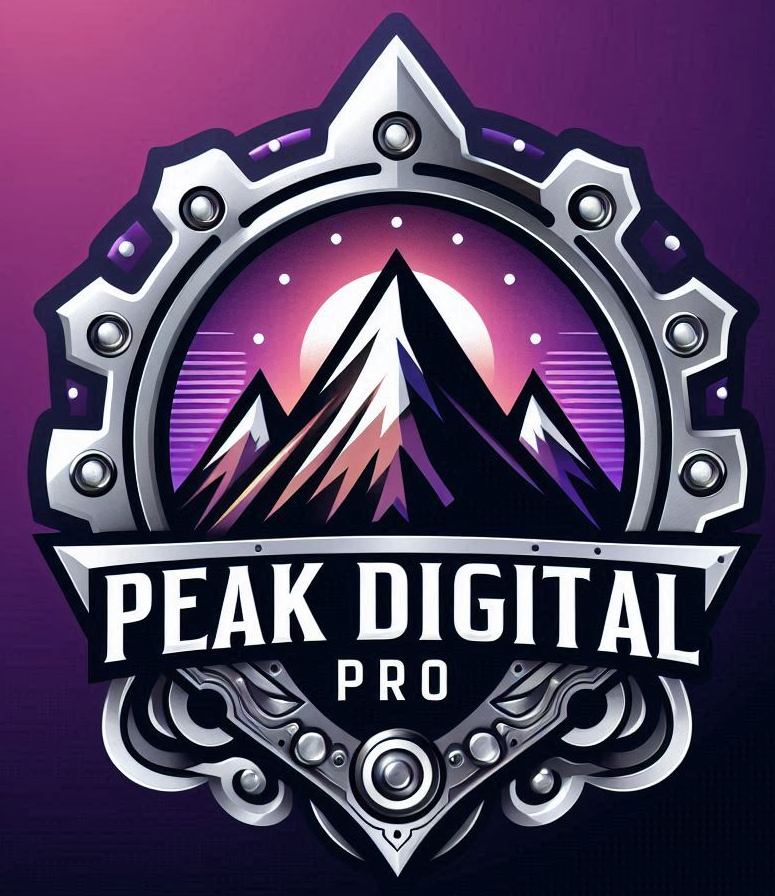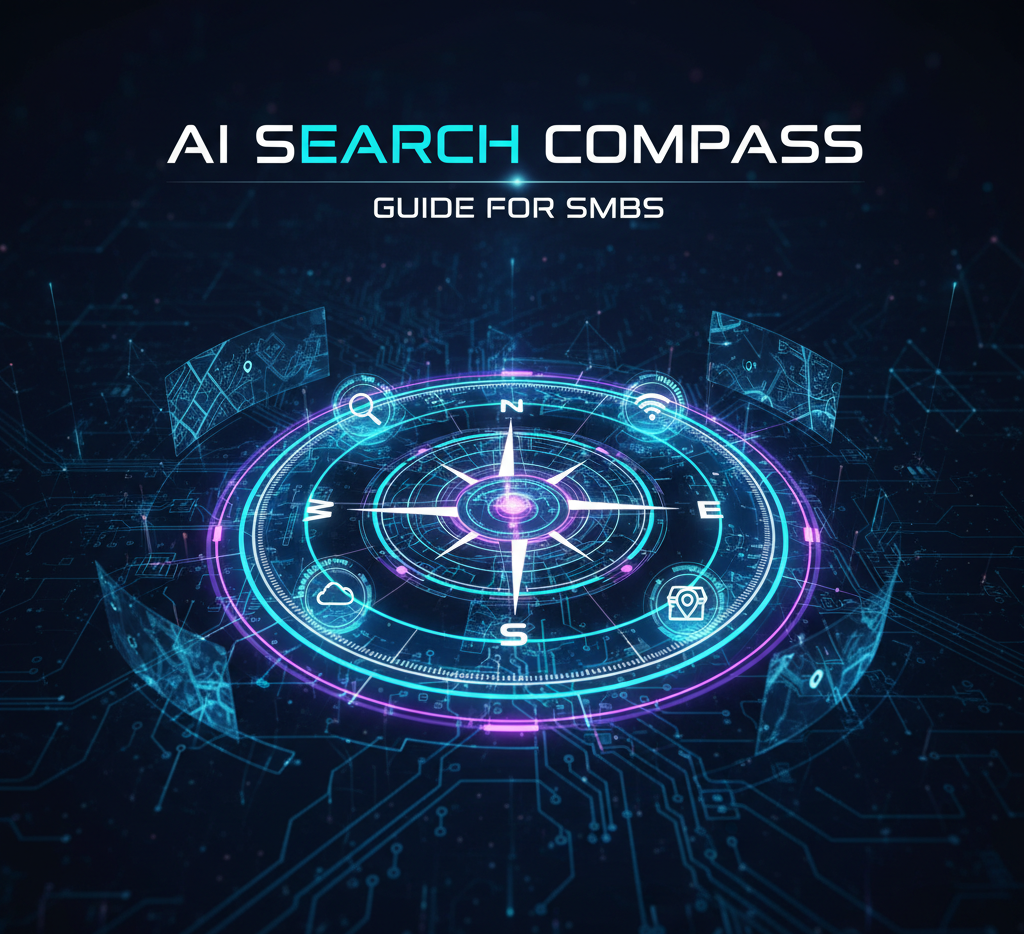Understanding Website Speed Optimization Tools for Businesses
Website speed optimization tools are everywhere and they promise to transform sluggish websites into lightning-fast experiences. Most people expect websites to load instantly but up to 53 percent of users leave a site if it takes more than three seconds to load . You might think boosting speed is all about technical tweaks, but these tools actually hold the key to higher search rankings, more conversions, and stronger customer trust.
Table of Contents
Quick Summary
| Takeaway | Explanation |
|---|---|
| Identify performance bottlenecks | Use tools to discover factors slowing down your website such as image sizes and server response times. |
| Understand user expectations | Users expect websites to load in under three seconds; slow websites lead to higher bounce rates and customer abandonment. |
| Leverage key performance metrics | Familiarize yourself with metrics like LCP and FID to pinpoint areas for improvement and enhance user experience. |
| Improve search engine rankings | Faster websites achieve better visibility in search results, driving more organic traffic and improving metrics like conversion rates. |
| Utilize diagnostic tools proactively | Regular use of optimization tools can lead to continuous improvements in website performance and user satisfaction. |
What are Website Speed Optimization Tools and Their Purpose?
Website speed optimization tools are specialized software applications designed to analyze, measure, and improve the loading performance of websites across different devices and network conditions. These powerful diagnostic and enhancement instruments help businesses identify performance bottlenecks, streamline website code, and create faster, more responsive web experiences for users.
Understanding Performance Measurement
At their core, website speed optimization tools serve multiple critical functions for businesses. They provide comprehensive insights into how quickly web pages load, breaking down complex performance metrics into actionable data. Performance diagnostics reveal specific areas where websites might experience slowdowns, such as:
- Image file sizes
- Server response times
- JavaScript and CSS rendering
- Caching mechanisms
- Network request optimization
The following table summarizes common performance issues that website speed optimization tools help to diagnose, with examples and their effects on website performance.
| Performance Factor | Example | Effect on Website Performance |
|---|---|---|
| Image file sizes | Large, uncompressed images | Slower load times, higher bounce rates |
| Server response times | Delays from hosting provider | Increases wait before page starts loading |
| JavaScript/CSS rendering | Bloated code or blocking JS | Delays interactivity, hinders page rendering |
| Caching mechanisms | Poorly configured caching | Re-fetches resources, increases load times |
| Network requests | Multiple unnecessary requests | Longer resource loading sequence |
Technical and User Experience Benefits
These tools go beyond simple speed tracking. They help businesses understand the direct correlation between website performance and user engagement. Faster websites consistently demonstrate higher conversion rates , lower bounce rates, and improved search engine rankings. By utilizing website speed optimization tools, companies can:
- Identify precise performance bottlenecks
- Simulate loading experiences across different devices
- Generate detailed performance reports
- Recommend specific code and infrastructure improvements
Modern website speed optimization tools leverage advanced algorithms to analyze multiple aspects of web performance. They provide granular insights that enable developers and business owners to make data-driven decisions about website infrastructure, ensuring optimal user experiences and maintaining competitive digital presence. Our guide on web performance optimization offers deeper insights into creating high-performing websites that meet contemporary digital standards.
Why Website Speed Matters for Businesses and User Experience
Website speed represents a critical performance metric that directly impacts user satisfaction, business reputation, and digital competitiveness. In an era of instant digital gratification, users expect websites to load quickly and deliver seamless experiences across multiple devices and network conditions.
The User Experience Connection
User expectations for website performance have become increasingly stringent. Research indicates that users will abandon a website if it takes more than three seconds to load , creating an immediate negative impression of the brand. According to research from the National Technical Reports Library , slow websites significantly reduce user engagement and can lead to substantial revenue losses. The impact spans multiple critical areas:
- Increased bounce rates
- Reduced page views
- Lower conversion probabilities
- Diminished customer trust
- Negative brand perception
Business Performance and Search Engine Ranking
Website speed is not just a user experience concern but a fundamental business performance indicator. Search engines like Google explicitly use page loading speed as a ranking factor, meaning slower websites are systematically pushed lower in search results. Businesses with faster websites enjoy multiple competitive advantages , including:
- Higher search engine visibility
- Improved organic traffic
- Better user engagement metrics
- Enhanced mobile device performance
The economic implications are substantial. Every second of delay can translate to significant potential revenue loss, particularly for e-commerce and service-based digital platforms. Learn more about optimizing your digital presence to ensure your website delivers peak performance and exceptional user experiences.
How Website Speed Optimization Tools Function and Analyze Performance
Website speed optimization tools employ sophisticated algorithms and comprehensive diagnostic techniques to thoroughly assess and improve web performance. These advanced instruments systematically evaluate multiple technical dimensions to provide actionable insights for businesses seeking to enhance their digital infrastructure.
Performance Diagnostic Mechanisms
Performance analysis begins with a comprehensive scan of website elements, examining how different components contribute to overall loading times. According to search optimization research , these tools utilize complex evaluation strategies that include:
- Detailed network request tracking
- JavaScript and CSS rendering analysis
- Server response time measurement
- Resource loading sequence assessment
- Bandwidth and connection type simulation
Technical Performance Evaluation Metrics
Website speed optimization tools generate intricate performance reports by measuring critical metrics that impact user experience. Key performance indicators include load time, first contentful paint, time to interactive, and total blocking time. These metrics provide developers and business owners with precise understanding of website performance challenges.
The diagnostic process involves simulating various network conditions and device types, allowing businesses to understand how their websites perform across different user scenarios. Explore our comprehensive digital performance guide to gain deeper insights into optimizing your digital presence. By leveraging advanced algorithmic analysis, these tools transform complex technical data into clear, actionable recommendations for improving website speed and user experience.
Key Metrics and Concepts in Website Speed Optimization
Website speed optimization relies on a complex ecosystem of performance metrics that provide comprehensive insights into digital user experience. Understanding these key measurements allows businesses to systematically improve their online platforms and deliver superior web interactions.
Core Performance Measurement Concepts
Performance metrics serve as critical diagnostic tools for evaluating website functionality. According to Google’s Web Vitals research , the most significant performance indicators include:

- Largest Contentful Paint (LCP)
- First Input Delay (FID)
- Cumulative Layout Shift (CLS)
- Time to Interactive (TTI)
- Total Blocking Time (TBT)
Each metric represents a specific aspect of user experience, offering nuanced insights into how quickly and smoothly a website loads and responds to user interactions. Businesses that comprehend these metrics can strategically target performance improvements and create more engaging digital experiences.
To help you understand the most important performance metrics used in website speed optimization, the table below defines each core metric and its impact on user experience.
| Metric | Definition | Impact on User Experience |
|---|---|---|
| Largest Contentful Paint (LCP) | Measures how long it takes for the largest content element to load | Indicates how quickly users see main content |
| First Input Delay (FID) | Time between user interaction and browser response | Shows how responsive the site is to initial interactions |
| Cumulative Layout Shift (CLS) | Tracks visual stability by measuring unexpected layout shifts | Higher CLS means a more visually jarring experience |
| Time to Interactive (TTI) | Time until page becomes fully interactive | Reflects when users can reliably interact with the page |
| Total Blocking Time (TBT) | Total time main thread is blocked and unable to respond | Long TBT can cause sluggish responsiveness |

Technical Performance Interpretation
Interpreting performance metrics requires understanding their practical implications. Metrics like Largest Contentful Paint measure how quickly the primary content of a page becomes visible, directly impacting user perception of website speed. First Input Delay evaluates the responsiveness of a website by measuring the time between a user’s first interaction and the browser’s response.
Discover advanced website optimization strategies to transform these technical measurements into actionable improvements. By translating complex performance data into clear, strategic insights, businesses can systematically enhance their digital platforms and deliver exceptional user experiences.
Supercharge Your Website Speed for Greater Growth
Are you frustrated by users abandoning your website because it loads too slowly? You learned in the article that every extra second of delay can cost real customers, reduce search engine visibility, and create a negative brand impression . If you have noticed high bounce rates or slipping conversions, these are signs your current website performance could be holding your business back.
Let Peak Digital Pro turn this around for you. As specialists in advanced web development and SEO optimization , we use powerful website speed optimization tools and AI-driven strategies to deliver measurable results. Our tailored approach addresses the core issues you just read about, from server response times to optimizing images for faster loading.

Act now to reclaim those lost opportunities. Visit Peak Digital Pro and let our experts show you how faster performance leads directly to more customers and higher rankings online. Ready to transform your digital presence? Schedule your strategy consultation today and start outperforming your competition.
Frequently Asked Questions
What are website speed optimization tools?
Website speed optimization tools are specialized software applications designed to analyze, measure, and improve the loading performance of websites. They help identify performance bottlenecks, streamline code, and enhance user experience.
Why is website speed important for businesses?
Website speed is crucial as it directly impacts user satisfaction, engagement, and conversion rates. Faster websites have lower bounce rates and higher rankings on search engines, which can lead to increased organic traffic and revenue.
What key metrics should I focus on to optimize my website’s speed?
Key metrics include Largest Contentful Paint (LCP), First Input Delay (FID), Cumulative Layout Shift (CLS), Time to Interactive (TTI), and Total Blocking Time (TBT). Understanding these metrics helps businesses improve user experience and website performance.
How do website speed optimization tools work?
These tools employ advanced algorithms to analyze web performance by examining elements such as network requests, JavaScript execution, and server response times. They provide detailed reports and actionable recommendations for improving website speed.
Recommended
-
[
Website User Experience: A 2025 Guide for Business Owners
]( https://peakdigital.pro/2025/07/30/website-user-experience-guide-business-owners )
-
[
Optimizing Website for Conversions: 2025 Guide for U.S. and Colorado Businesses
]( https://peakdigital.pro/2025/07/16/optimizing-website-for-conversions-2025-colorado-business )
-
[
Small Business Website Effectiveness and the Impact of AI Search Implementations
-
[
Local Search Meets Answer Engines: What SMBs Are Really Struggling With (and What To Do Next)







